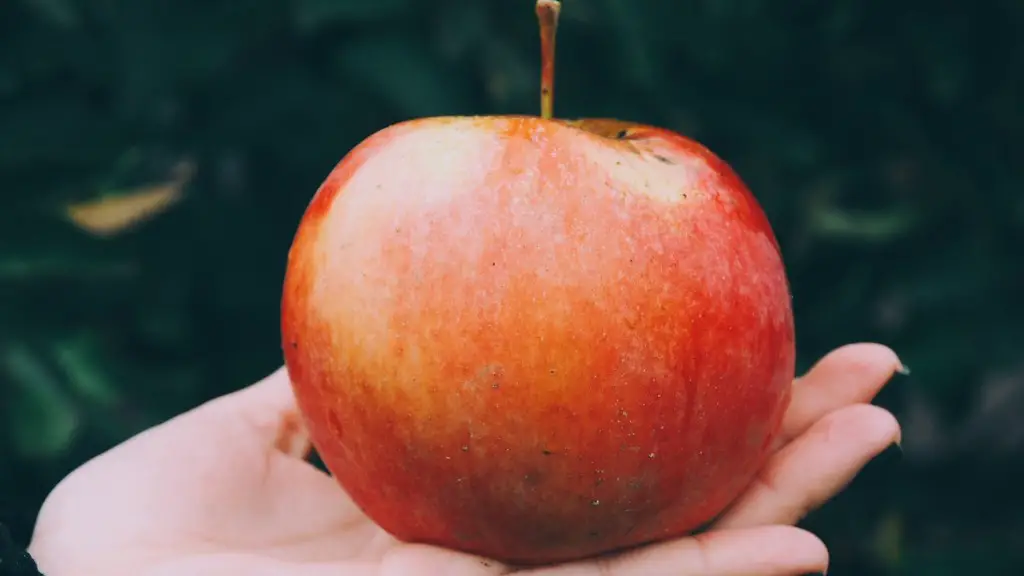Avocados are a delicious, nutritious fruit, and now you can cultivate your own right in your backyard! Planting an avocado tree in California is not an overly complicated process, as long as you know the essentials of how to grow it. Traditional farmlands are already crowded with avocado trees, so if you want homegrown avocados, an individual tree must be planted in your own backyard.
To begin with, you need to select a newly-cultivated avocado tree from a reliable nursery or online store and have it delivered to your home. It should be 9-15 inches tall. When selecting the tree, note that there are several varieties best suited for California: Hass, Fuerte, Gwen, Reed, Zutano (also known as Bacon), and Pinkerton. Once you have the tree, it needs to be planted and cared for properly to ensure the best chances of success.
The tree must be transplanted into a pot or into the ground, depending on your preference and the amount of space you have in your yard. Plant it into well-draining soil, as the tree does not tolerate wet feet or standing water. It does best in soil with a pH level of 6.5-7.5. Water several times a week for the first year, allowing about two inches of water each time. Not enough water can cause the tree’s leaves to dry and fall off, and too much water can cause the tree to wilt and die.
If planting in the ground, mound the soil up slightly to ensure better drainage. Place the seedling in the center, making sure to fill in the hole with soil and press it down firmly with your hands. Put in four stakes around the tree, spaced evenly apart, to provide support. They should reach the top of the tree and be slightly bent inward. Put in some mulch to help retain moisture and provide an even help of temperature. Put some fertilizer in the soil near the tree, making sure not to directly cover the seedling.
However, it is best to gain a better understanding of the different stages of planting and caring for an Avocado tree for it to successfully bear fruit. Hence, let us delve into more details.
Protection from Frost
Avocado trees are quite sensitive to frost, so be sure to choose a spot that gets sunlight but is protected from extreme cold temperatures. If a frost or cold winter is expected, pick out some cloth to be put over the tree. This will provide protection while still allowing some air movement. Make sure to store the cloth away if not in use.
A better alternative is to plant an avocado tree in a pot, instead of in the ground. This is ideal since the pot can be moved indoors when cold temperatures are imminent, providing more reliable protection.
Pruning
Regular pruning is important in the early days of growth to promote healthy tree shape and strength. Trim away dead leaves, diseased branches, and any branches that could be competing for nutrients and light. You should also make sure the canopy is spread evenly, trimming away overly dense areas or any shoots that grow out of the root area. This will give way to a mature and good-looking tree.
Finally, it should be noted that an avocado tree in California can take between 3-4 years until it bears fruit. When it does, ripeness of the fruit can be checked by gently squeezing the avocado. Harvest these fruits when they are ripe, usually when the skin turns purple or black.
Staking
It is important to install a stake along with your avocado tree to maintain its balance, as the pressure of heavy fruits may make the branches fall. Use a 4×4 foot stake that can fit on the tree trunk without damaging it. To secure it, you can use a twine string tied to the stake and around the tree, leaving some room for the tree to sway in the wind.
Disease Management
Avocado trees can be prone to fungal diseases, especially during wet and humid weather. If certain leaves start to yellow or brown, it is a sign of disease. Monitor the leaves, and if you catch a problem early, spray a few leaves with the pathogen-killing spray of your choice and trim away any diseased parts.
Pest Control
Pest control is essential for all fruit trees, and avocado trees are no exception. Insects such as scale, mealybugs, and aphids can cause damage to the leaves and fruit. To keep them at bay, you can release beneficial predators like ladybugs. A weekly monitoring of the tree will help you detect and control these pests.
Fertilizer
Choosing the right fertilizer is crucial if you want the tree to be healthy. Make sure to pick a balanced fertilizer that contains a good balance of nitrogen, phosphorous, and potassium. You can also find specific fertilizers for avocado trees, which is subject to many claims, but results of the fertilizer should be observed before continuing to use it.
Foliar Sprays
Foliar sprays are a common method of ensuring the right nutrients are absorbed by the leaves. These foliar sprays should be sprayed on the leaves, keeping the stalk out of contact as much as possible. Some organic foliar sprays that provide nutrients and restore young leaves of avocado trees are seaweed extract, fish emulsions, neem oil and compost tea.
Soil Rejuvenation
The soil quality needs to remain optimal if the tree has the right environment to grow. Work towards increasing the soil’s nutrient-retentiveness, aeration, and water-holding capacity by mixing in a good amount of organic matter. Moreover, soil tests should be done frequently to check the pH level of the soil and add amendments that are needed.

